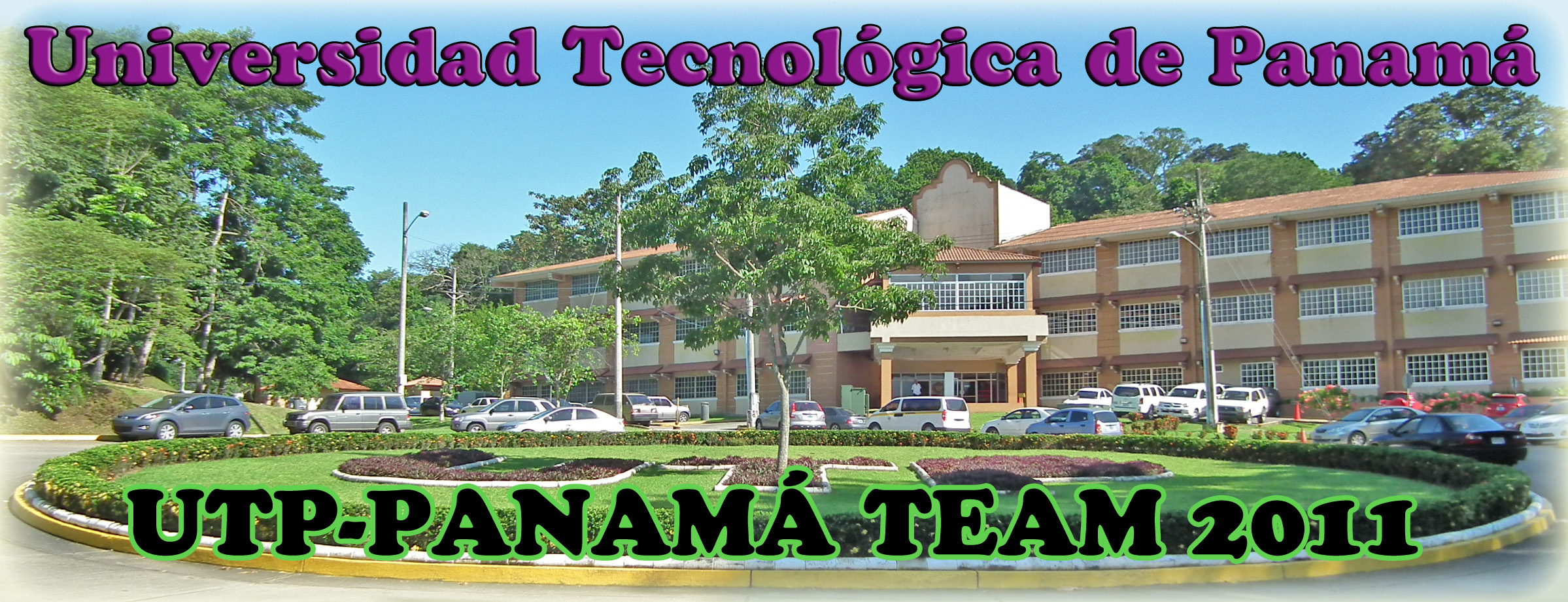Team:UTP-Panama/Safety
From 2011.igem.org
(→Additional Safety Issues) |
(→Some answer and open debates around these issues) |
||
| Line 51: | Line 51: | ||
; For the Environment and Public Safety: | ; For the Environment and Public Safety: | ||
The potencial risk of liberating a GMO (for example, nitration sensing and fixation) into the environment must be observed, since GMO ecological interactions have not been tested or studied enough. | The potencial risk of liberating a GMO (for example, nitration sensing and fixation) into the environment must be observed, since GMO ecological interactions have not been tested or studied enough. | ||
| + | The reagents used in the lab do not pose a risk if standards microbiological practices are used. In addition, biological parts used to make our BioBrick are not from pathogenic or toxic sources and therefore pose no risk to the safety of team members, laboratory and general public or for environmental quality. | ||
;2- About Devices: | ;2- About Devices: | ||
| Line 58: | Line 59: | ||
;3- About Biosafety Groups | ;3- About Biosafety Groups | ||
'''Our Institution''' <br> | '''Our Institution''' <br> | ||
| - | Our | + | Our university has neither biosafety rules nor a biosafety committee, because we do not have Biological schools in our University. |
But with the emergence of Synthetic Biology, the next step should be to develop it in order to fix limitations in experimental projects and make students and professors aware of this. Nevertheless, we have the advise of The Institute for Scientific Research and High Technology Services; their Biosafety section will collaborate with us for lab rules and projects safety observations. | But with the emergence of Synthetic Biology, the next step should be to develop it in order to fix limitations in experimental projects and make students and professors aware of this. Nevertheless, we have the advise of The Institute for Scientific Research and High Technology Services; their Biosafety section will collaborate with us for lab rules and projects safety observations. | ||
<br> | <br> | ||
'''Our country''' <br> | '''Our country''' <br> | ||
| - | In Panama, Synthetic Biology does not have its own rules, but it follows the rules of government that dictate the basic instruments of reference to determine procedures, limitations and regulations established to manage GMO and bioethical issues. | + | In Panama, Synthetic Biology does not have its own rules, but it follows the rules of government that dictate the basic instruments of reference to determine procedures, limitations and regulations established to manage GMO and bioethical issues. This information is colleted in the National Center for Biotechnology Information Exchange (BCH) of the Republic of Panama. [http://www.bioseguridad.gob.pa/] |
| - | In this matter, the Panamenian Government organized in 2007, the "Development of the National Regulatory Framework on Biosafety for the Republic of Panama" which establish the National Commission on Biosafety (NC). | + | In this matter, the Panamenian Government organized in 2007, the "Development of the National Regulatory Framework on Biosafety for the Republic of Panama" which establish the National Commission on Biosafety (NC). [http://www.unep.org/biosafety/files/Informe%20final_MNB%20Panama%20dic2007.pdf] |
;4- Ideas | ;4- Ideas | ||
Revision as of 02:46, 3 September 2011
|
Home |
Biosafety And BiosecurityBiosafety and biosecurity are related, but not identical, concepts. Biosafety programs reduce or eliminate exposure of individuals and the environment to potentially hazardous biological agents. Biosafety is achieved by implementing various degrees of laboratory control and containment, through laboratory design and access restrictions, personnel expertise and training, use of containment equipment, and safe methods of managing infectious materials in a laboratory setting. The objective of biosecurity is to prevent loss, theft or misuse of microorganisms, biological materials, and research-related information. This is accomplished by limiting access to facilities, research materials and information. While the objectives are different, biosafety and biosecurity measures are usually complementary. Biosafety and biosecurity programs share common components. Both are based upon risk assessment and management methodology; personnel expertise and responsibility; control and accountability for research materials including microorganisms and culture stocks; access control elements; material transfer documentation; training; emergency planning; and program management. Biosafety and biosecurity program risk assessments are performed to determine the appropriate levels of controls within each program. Biosafety looks at appropriate laboratory procedures and practices necessary to prevent exposures and occupationally-acquired infections, while biosecurity addresses procedures and practices to ensure that biological materials and relevant sensitive information remain secure. Laboratory Practices Followed By Our Team
Safety Issues |
 "
"

